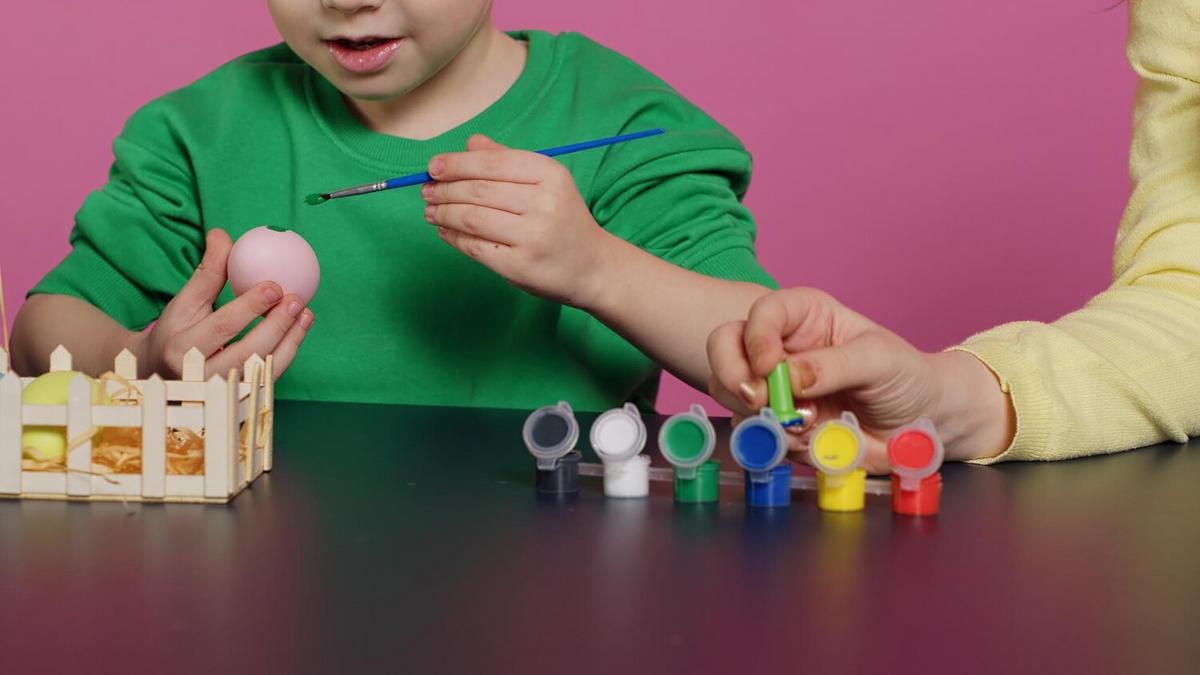Encouraging creativity in children is more vital than ever as it plays a significant role in their overall development and problem-solving abilities.
Fostering creativity in children through play is not just about keeping them entertained; it’s about nurturing essential skills that will benefit them throughout their lives. According to a report by the Center for Childhood Creativity, children engaged in creative activities demonstrate superior cognitive flexibility and emotional intelligence.
The Importance of Play in Developing Creativity
Play serves as a foundation for creativity, allowing children to express themselves freely and explore their surroundings. Dr. Stuart Brown, a renowned expert in play research, emphasizes that “play is not a luxury; it’s a necessity.” By engaging in creative play, children develop critical thinking and innovation skills.
Research Supporting Play and Creativity
Studies have shown that play-based learning enhances children’s problem-solving skills. A study conducted by the American Academy of Pediatrics found that play improves children’s abilities to plan, organize, get along with others, and regulate emotions.
Personal Anecdotes and Examples
Consider the story of Emily, a curious five-year-old who loves building with blocks. Through play, she learns about balance, symmetry, and cause-and-effect relationships. This unstructured playtime has been instrumental in developing her mathematical thinking and spatial awareness.
Actionable Tips for Parents
- Provide a variety of materials: Offer diverse tools and resources like art supplies, building blocks, and musical instruments to spark creativity.
- Encourage open-ended play: Allow children to explore and create without a specific outcome in mind, fostering imagination.
- Create a safe space: Designate an area at home where children can freely express themselves without fear of making a mess.
- Limit screen time: Encourage activities that stimulate creativity beyond digital screens.
Types of Play That Foster Creativity
| Type of Play | Description |
|---|---|
| Imaginative Play | Children create scenarios, often role-playing different characters. |
| Constructive Play | Involves building and creating with materials like blocks or clay. |
| Physical Play | Activities that include movement, enhancing motor skills and creativity. |
| Artistic Play | Involves drawing, painting, or crafting, allowing self-expression. |
| Musical Play | Exploring sounds and rhythms through instruments or vocalization. |
| Social Play | Interaction with peers to develop social and collaborative skills. |
| Nature Play | Engaging with the natural environment, inspiring curiosity and exploration. |
| Game-Based Play | Structured games that require strategy and problem-solving. |
Frequently Asked Questions
How can I encourage my child to be more creative?
Provide diverse resources, encourage exploration, and be supportive of their ideas and creations.
Is structured play better than free play for creativity?
Both are important; structured play offers guidance while free play fosters independence and imagination.
What if my child isn’t interested in creative activities?
Introduce different types of play and be patient; every child has unique interests that may evolve over time.
Conclusion
Creativity is a crucial element in children’s development, and play is a powerful tool to nurture it. By providing a supportive environment and a variety of play options, you can help your child develop creative skills that will serve them well into adulthood. Encourage your child to explore, imagine, and create, knowing that these experiences will foster a lifelong love for learning and creativity.

Leave a Reply